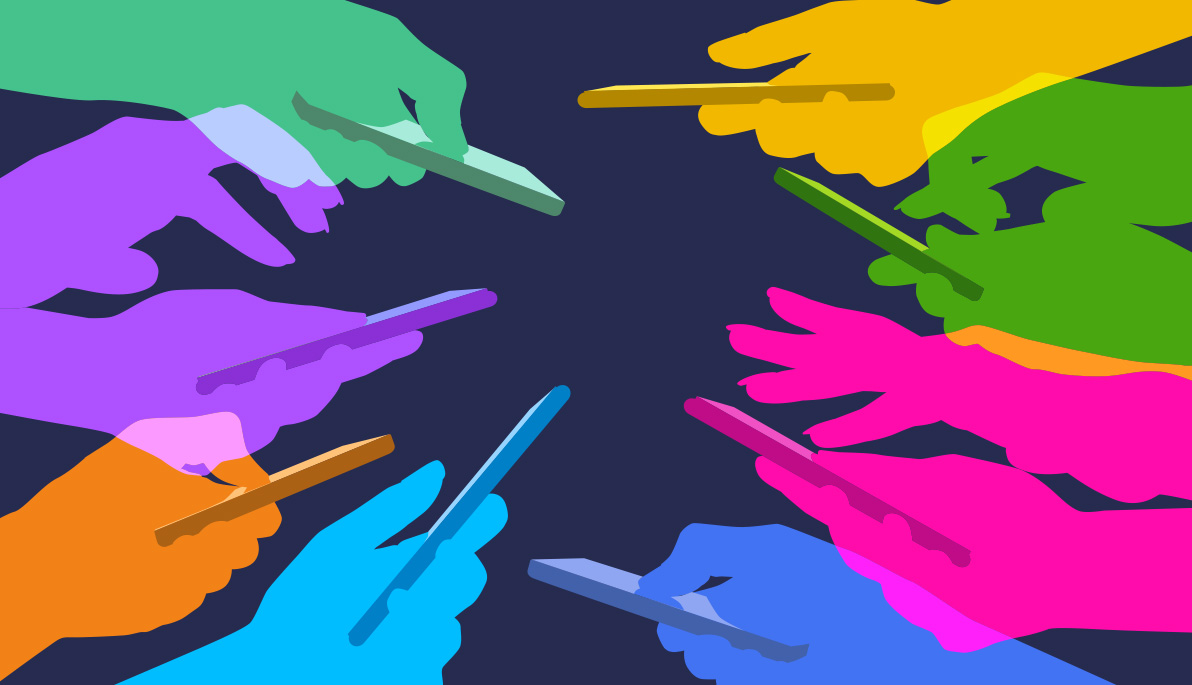News
988: Changing the Response to Mental Health Crises
August 2, 2022
Millions of Americans dial 911 each year to seek help for mental health and substance use emergencies. However, doing so may unnecessarily land them in the emergency room or the criminal justice system.
As of July 16, the three-digit emergency hotline “988” has replaced the National Suicide Prevention Lifeline’s 10-digit phone number in the United States, making it easier for people experiencing a mental health crisis to call for help. The hotline will serve as an accessible entry point to care, connecting callers with trained mental health and crisis de-escalation counselors.
The hotline’s counselors will also be able to connect callers with mobile crisis teams that can respond on scene to a caller’s emergency, as well as short-term mental health triage centers. Ultimately, these changes to behavioral health crisis response may reduce law enforcement intervention and reliance on emergency rooms.
“People who may have struggled with mental health crises in the past will now have access to a resource that will connect them to appropriate care,” says Anu Raj, Psy.D., clinical psychologist at the College of Osteopathic Medicine’s (NYITCOM) Center for Behavioral Health and assistant professor of family medicine.
New York Tech News sat down with Raj to learn more about 988 and how it will offer a vital lifeline.
What drove the need for 988?
People had used 911 as the primary number when in mental distress and emergency. However, recognizing mental distress—including suicidality or a mental health or substance abuse crisis, de-escalating the situation, and then connecting them to care—requires specialized training. The mental health community pushed for a specialized emergency response team where the responder’s primary focus will be to de-escalate and connect to care. This is from our knowledge that most callers in mental health distress may not be in a logical frame of mind and may not pose a threat to the responders.
How does the new hotline work?
People will have access to the national suicide prevention hotline via phone call, text, or chat. Based on the communication, the responders will determine the level of threat. For those people who need immediate attention, the hotline responder will connect to local EMS teams and coordinate transport and admission to a facility that can provide continuity of care.
Many people call the hotline not just when they are considering suicide but also when they have not taken all their medications or are in a substance abuse-related emergency. Many times, these people do not pose a threat to others, but due to their reduced mental status, their behavior can be misconstrued as a threat, and they can be deemed dangerous. Responders from 988 will have specialized training in mental health crises and in crisis de-escalation.
How does 988 differ from other mental health resources?
This tool is not intended for long-term care. It provides much-needed crisis care in a non-invasive way to avert mental health-related emergencies. Traditional forms of treatment teams and providers, who provide long-term care, will need to be connected to the local hotline teams for this initiative to be successful. In other words, once the crisis is averted, the person will need to connect to a provider/team for consistent, long-term care.
In the long term, what is needed for this initiative to be successful?
Although this initiative has a lot of promise toward the much-needed de-stigmatization of mental illness, substance abuse, and related crises, the local hotline teams will need to quickly connect and expand their network of local providers. Local providers will be required because they can provide long-term and consistent care to the individuals, hence reducing the cycle of crisis.
This interview has been edited and condensed.



_Thumb.jpg)

